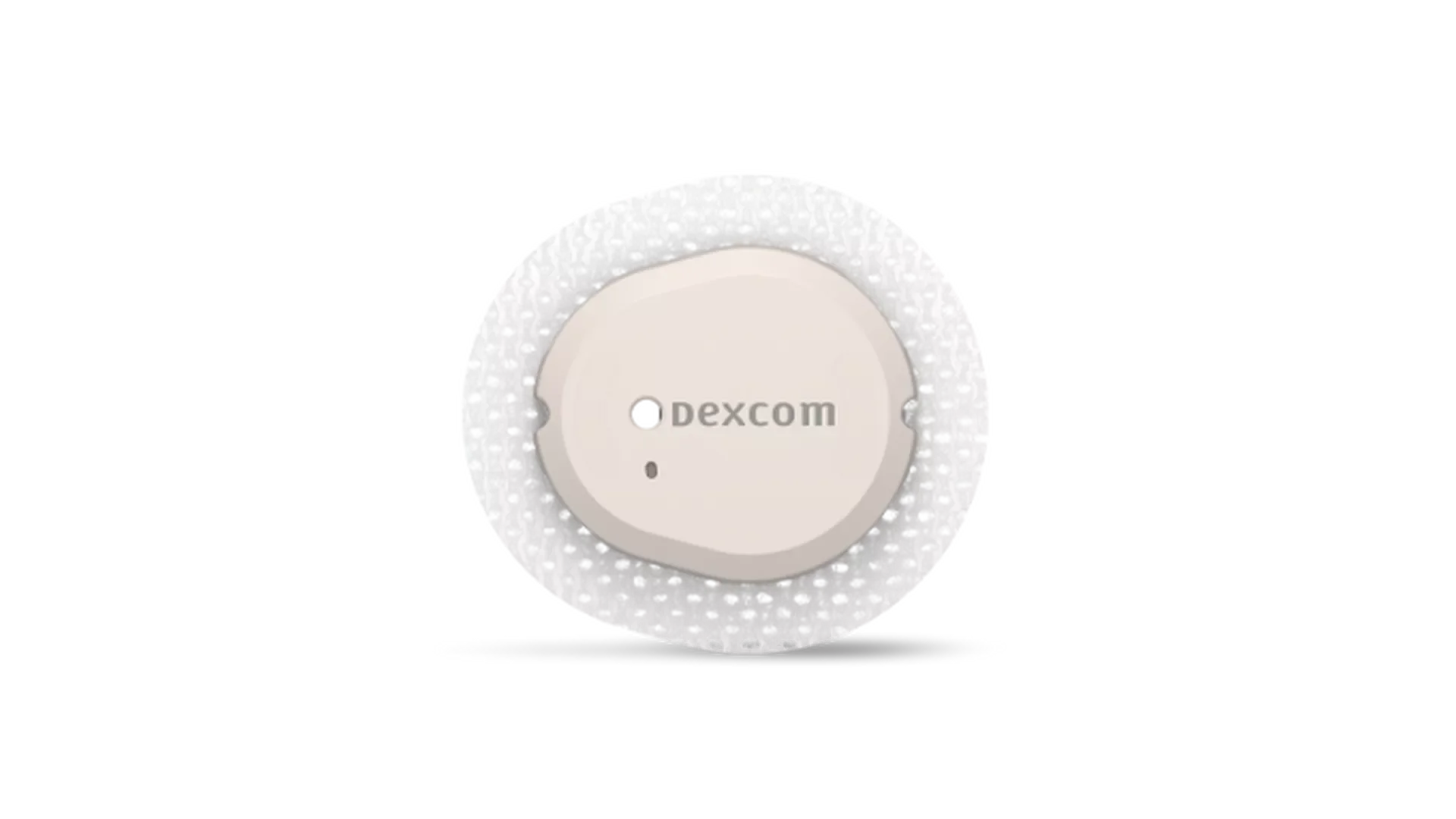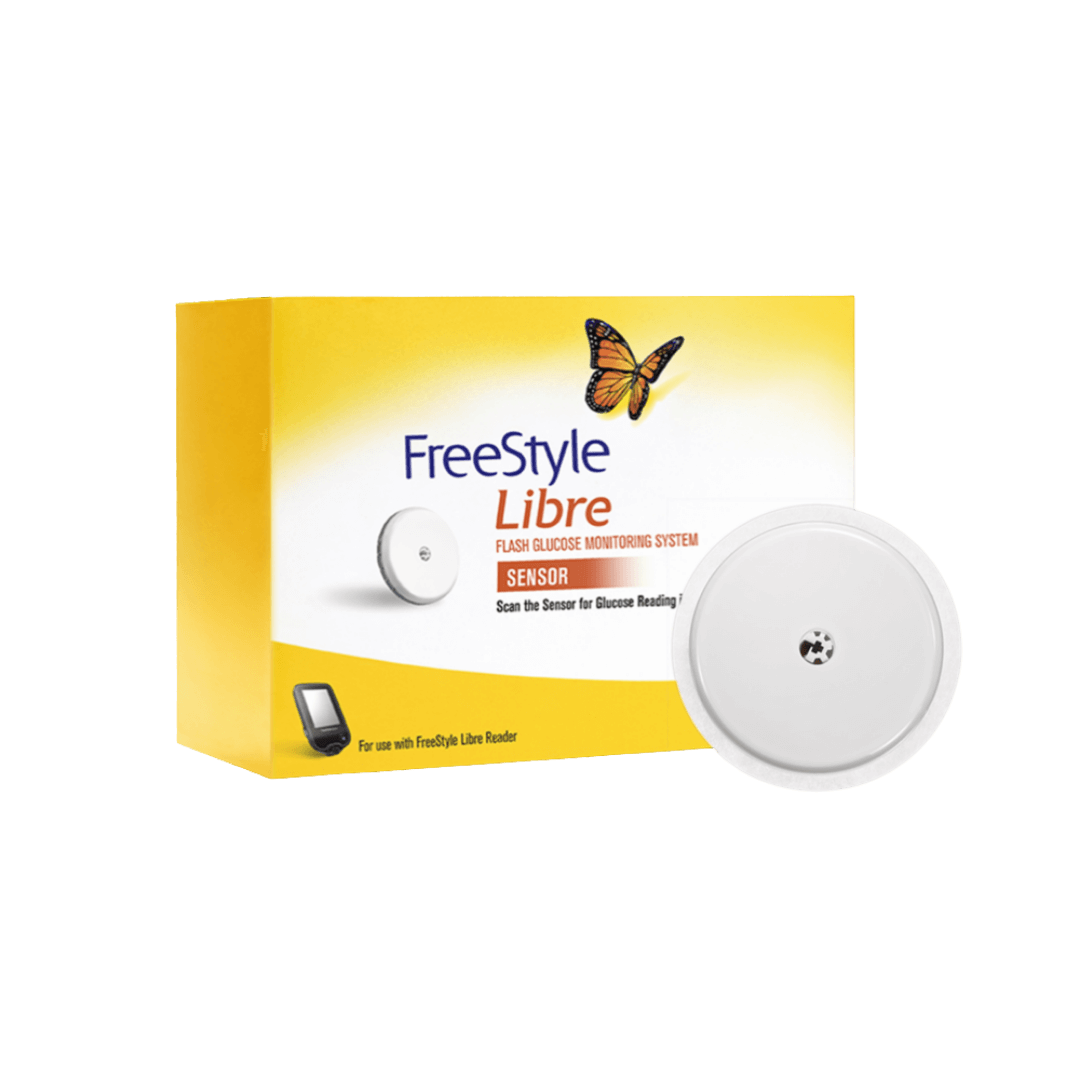Dexcom G7 vs Freestyle Libre vs BUZUD CGM 2.0: Which is the Right CGM for You?
Takeaways
Continuous glucose monitoring (CGM) has changed diabetes care by providing users with (nearly) real-time information on their blood glucose levels.
Dexcom G6, BUZUD, and Abbott FreeStyle Libre are fingerstick-less CGM systems now available in the market.
Although comparable, these systems differ in several key ways, which users must consider when choosing between them.
Getting a continuous glucose monitor (CGM)
The ability of continuous glucose monitoring (CGM) to track users' blood glucose levels in (almost) real-time enables users to gain additional insights into their diabetes care.
It allows people with diabetes—i.e., users—and their respective healthcare teams to:
1. Identify Blood Glucose Trends and Food Responses
Continuous Glucose Monitors (CGMs) allow you to see how your meals, snacks, and physical activities affect your glucose levels in real-time. With this insight, you can spot patterns like which foods cause large glucose spikes or dips, and adjust accordingly.
Making more informed choices can help you reduce drastic blood sugar fluctuations. The result: more sustained energy, better mood stability, and improved long-term metabolic health.
2. Reduce Hypoglycemic Episodes
CGMs can detect low blood glucose levels without waiting for symptoms of hypoglycemia to appear, especially for higher risk patients with Diabetes on Insulin and Sulphonylurea medications.
Devices like the BUZUD2.0 and Dexcom G6 can be customized to alert you when your glucose drops below a specific threshold.
This is especially valuable at night or during moments when hypoglycemia might otherwise go unnoticed. Early detection helps you take action sooner and reduce the frequency and severity of low blood sugar episodes.
3. Discover Your Ideal Glucose Range
Everyone’s optimal glucose range is slightly different. Using a CGM, you can start to link certain glucose levels with how you feel, such as better energy, sharper focus, or stronger athletic performance.
Over time, you’ll learn which range works best for your body and lifestyle. CGMs also track Time in Range (TIR)—how long your glucose stays within your target range, which is a useful metric for improving your metabolic health.
Studies show fingersticks are a major point of inconvenience among users seeking to track their glucose levels. CGMS listed here are factory-calibrated, negating the need for any fingersticks. Once installed and warmed up, they can be used without additional calibration.
Dexcom G7 vs Abbott FreeStyle Libre (FSL) vs BUZUD CGM 2.0 Review
| Feature | Dexcom G7 | FreeStyle Libre | BUZUD 2.0 |
|---|---|---|---|
| Cost of 30 days use of the sensors (without insurance)* | SGD286.14, including GST, for 30 days | SGD220.91 including GST, for 30 days | SGD174 including GST, for 30 days |
| Frequency of readings | Automatic readings every 5 minutes | User must scan the sensor with their phones with the FreeStyle Libre app open to get a glucose reading | Automatic readings every 1 minute |
| Approved areas of use | Back of upper arm, abdomen, and back of upper buttocks (children 2-6 years old) | Back of upper arm | Back of upper arm, abdomen |
| Who can use it | All individuals aged 2 and over | All individuals aged 4 and over | All individuals aged 2 and over |
| Waterproof | Sensor may be submerged under 2.4m of water for up to 24 hours without failure when properly installed. | Can withstand immersion into 1m of water for up to 30 minutes. | Can withstand immersion up to 1.5m for 30 minutes. |
| Rated sensor wear time | 10 days | 14 days | 15 days |
| Warm-up time | 30 minutes | 1 hour | 1 hour |
| Alerts and alarms | Customizable alerts and alarms, including the mandatory "urgent low" and "urgent low soon" alerts | None | Customizable alerts and alarms, including the mandatory "urgent low" and "urgent low soon" alerts |
| Accuracy (lower MARD scores indicate better accuracy) | 8.2%/td> | 9.20% | 8.66% |
| Interoperability with insulin pumps | Yes | No | No |
| Availability in Singapore | Only available through healthcare providers & on their official online stores | Can be bought over-the-counter | Can be bought over-the-counter |
| Where to Purchase | Get your Dexcom G7 here | Get your FreeStyle Libre here | Get your BUZUD2.0 here |
*Price as of 2 December 2025
Dexcom G7
Abbott FreeStyle Libre
BUZUD CGM 2.0
Utilizing a CGM grants you real-time and personalized blood glucose insights that enable you to make better decisions.
With this guide, pick the CGM that best suits your needs.
This publication does not constitute an advertisement, and is intended solely for educational purposes. Please seek professional medical advice as to whether a health product would be appropriate for you.




